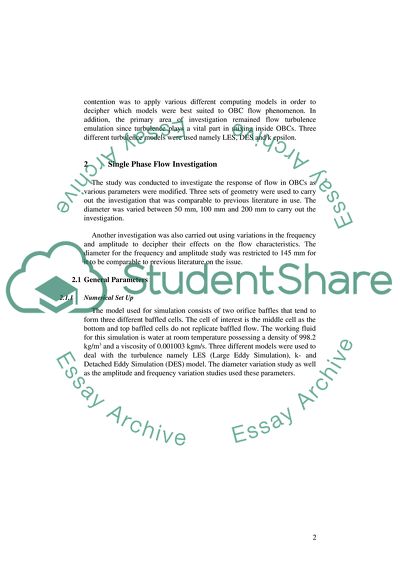Cite this document
(Numerical Investigation of Single Phase Flow Oscillatory Baffled Coursework Example | Topics and Well Written Essays - 3250 words - 1, n.d.)
Numerical Investigation of Single Phase Flow Oscillatory Baffled Coursework Example | Topics and Well Written Essays - 3250 words - 1. https://studentshare.org/information-technology/1799848-single-phase-simulation-in-obc
Numerical Investigation of Single Phase Flow Oscillatory Baffled Coursework Example | Topics and Well Written Essays - 3250 words - 1. https://studentshare.org/information-technology/1799848-single-phase-simulation-in-obc
(Numerical Investigation of Single Phase Flow Oscillatory Baffled Coursework Example | Topics and Well Written Essays - 3250 Words - 1)
Numerical Investigation of Single Phase Flow Oscillatory Baffled Coursework Example | Topics and Well Written Essays - 3250 Words - 1. https://studentshare.org/information-technology/1799848-single-phase-simulation-in-obc.
Numerical Investigation of Single Phase Flow Oscillatory Baffled Coursework Example | Topics and Well Written Essays - 3250 Words - 1. https://studentshare.org/information-technology/1799848-single-phase-simulation-in-obc.
“Numerical Investigation of Single Phase Flow Oscillatory Baffled Coursework Example | Topics and Well Written Essays - 3250 Words - 1”. https://studentshare.org/information-technology/1799848-single-phase-simulation-in-obc.


